ON THE TOPIC OF LIGHTWEIGHT CRANK PULLEY VIBRATIONS, HARMONICS, AND SAFETYQ. Do lightweight aluminum crank pulleys lead to premature engine failure? Most American V8 engines of the muscle car era (50s-60s) were externally balanced. An external (harmonic/vibration) balancer was attached to the outside of the engine on the crank snout. The crank pulley in such engines was a separate piece attached to this balancer and the removal of this balancer was a bad idea. External balancers were most often used on large displacement V8 engines and the majority of today’s internet forums and social media discussions regarding harmonics stem from this principle. Modern (1980s and up) Honda, Toyota, Nissan, or other Japanese engines are NOT equipped with external balancers. These engines are internally balanced and this process has improved even further since the 90s. So the topic of a BALANCER does not apply here. The crank pulley found on many modern engines is often called a harmonic damper. The damper is a thin rubber band, approximately (1/8 inch) 2mm, built into the crank pulley. This rubber is used to absorb something called NVH, noise/vibration/harshness. Suffice it to say, this rubber is actually not very good at performing its intended purpose after as little as a few thousand miles. What happens to rubber after exposure to weather conditions such as humidity, rain, snow? It often becomes brittle, hard, and crunchy. Can something with such properties absorb vibrations? Not very well. NST customers often report smoother running engines after installing NST pulleys, especially at idle. How is this possible if the rubber is such a vital piece? As it turns out, the rubber is not as important as it's cracked up to be. On a well maintained engine with bolt-ons or low amounts of boost like what most owners probably run, a lightweight aluminum crank pulley will not have any life threatening consequences. The engineering reasons are that most modern engines have a short (increasingly strong) crankshaft operating under 8,000 RPM. The dangerous second harmonic that can cause damage occurs at an RPM that this sort of engine will never see, in the area around 10,000 RPM. Even the OEM damper is not tuned for attenuation above 10,000 RPM, so the argument is somewhat of a moot point. The great majority of our customers do not fall into the latter category. How many 500+ HP, 10,000+ RPM engines do we have on the street? Not many. Q. Does NST have cars/customers in professional motorsports using its products? NST has campaigned several pro cars in the professional drift series, Fromula Drift. Our cars have also competed in D1 GP USA, Xtreme Drift Circuit, and the NOPI Drift series. A large number of Honda, Toyota, and Nissan tuners use underdrive crank pulleys in road racing series like NASA or SCCA. Road racing is often more punishing on an engine than other motorsports. The engine is subjected to run times lasting apx 30 minutes with the engine often in the upper ranges of its RPM limit. One race weekend is the equivalent of hundreds of quarter mile passes. These tuners would not use NST pulleys if they were not reliable. NST sponsored the first ever wheel to wheel Scion tC NASA Road Race car. The same car was very competitive in the Grand Am series and had factory backing from Toyota, Scion, and TRD. This car used pulleys from NST with great results since day one. Furthermore, NST products are also used in autocross, time attack, hill climb, and drag racing series. SUMMARY ON VIBRATIONS, HARMONICS, SAFETY Older American V8 engines are externally balanced and require pulleys designed specifically for those applications, or damage to the engine could result. You will not find solid aluminum NST pulleys on our website for such engines. Modern Honda, Toyota, Nissan, and other similar engines are NOT equipped with external balancers. These engines are internally balanced and this process has improved even further since the 1990s. So the topic of a BALANCER does not apply here. High RPM engines, when modified well beyond the simple bolt-on stages, may have issues with solid aluminum pulleys. Such engines reach critical harmonics above 10,000 RPM, a range in which the dangerous wave of harmonics can come into play. For such RACE engines, OEM dampers are also not sufficient. The overwhelming majority of our customers’ engines do not fall into the above categories, and as a result, will actually benefit from the lightweight pulleys NST offers. These engines will not suffer damages in street and/or track use when NST products are installed properly. We're confident every “expert” preaching otherwise has little personal, practical, real world experience with the subject; as it applies in your case. NST - NonStopTuning
www.NonStopTuning.com
14 Comments
John Y
12/19/2018 12:46:13 pm
Got one on my SR drift car with no trouble whatsoever and it's driven hard.
Reply
James R
2/26/2020 05:36:10 am
I've been running their lightweight crank, water pump and alternator pulleys on my 07 Yaris for over 100k miles since 2007 and have had zero issues. Mind you I've been running the blitz supercharger. 98% of the time I had the pulleys too
Reply
NST
2/27/2020 02:48:44 pm
That's really great to hear, James. Here's to another 100K on your little Yaris, which sounds like a really fun little Toy!
Scott
12/19/2018 12:51:47 pm
I have had my NST full pulley kit on my car for over 40k miles and never had an issue with it. It has performed flawlessly in my daily commute and on the track.
Reply
Thomas
12/19/2018 03:26:00 pm
We installed a set of these pulleys on my wife’s Infiniti G35 coupe and noticed a big difference right after. The engine ran smoother, acceleration was increased, and the car was quieter. I was impressed by how big of an effect these pulleys had on her car and we never had any issues after they were installed. Something I was not expecting and I would gladly install another set on future vehicles.
Reply
Jeff K
12/20/2018 06:30:51 am
I installed the NST pulley kit on my Honda S2000 drift car. I loved that it had factory timing marks and a steel sleeve on the portion of the crank pulley where the oil seal rides. They were substantially lighter wich helps free up some HP and helps the engine rev quicker. Much like the benefits of a lightweight flywheel.
Reply
EDWARD LARIOS
2/5/2020 01:15:27 pm
Thank you for that. I wasn't sure if it had an external dampener or one of those 2-1 combos. But lastly, is it worth getting it with the alternator pulley (kit)? Any noticeable difference if using lightweight crank over crank and alternator?
Reply
Thanks, Edward! Modern (1980s and up) Honda, Toyota, Nissan, or other Japanese engines are NOT equipped with external balancers. These engines are internally balanced and this process has improved even further since the 90s. So the topic of a BALANCER does not apply here. All NST pulleys (crank, alt, wp, etc) are approximately 70% lighter than the OEM pulleys they replace, the more NST pulleys you can use the better your overall weight reduction and efficiency. In addition, some of our accessory pulleys are designed with a beneficial percentage of underdrive/overdrive designed specifically for each particular kit. We discuss all the benefits of each kit on various pages of our website. For more info, feel free to send us an email from the contact page of our website.
Reply
Your comment will be posted after it is approved.
Leave a Reply. |
AuthorNST - NonStopTuning Archives
July 2024
Categories
All
|
www.NonStopTuning.com has had visitors from over 180 countries and has served more than 50,000 customers since 2005
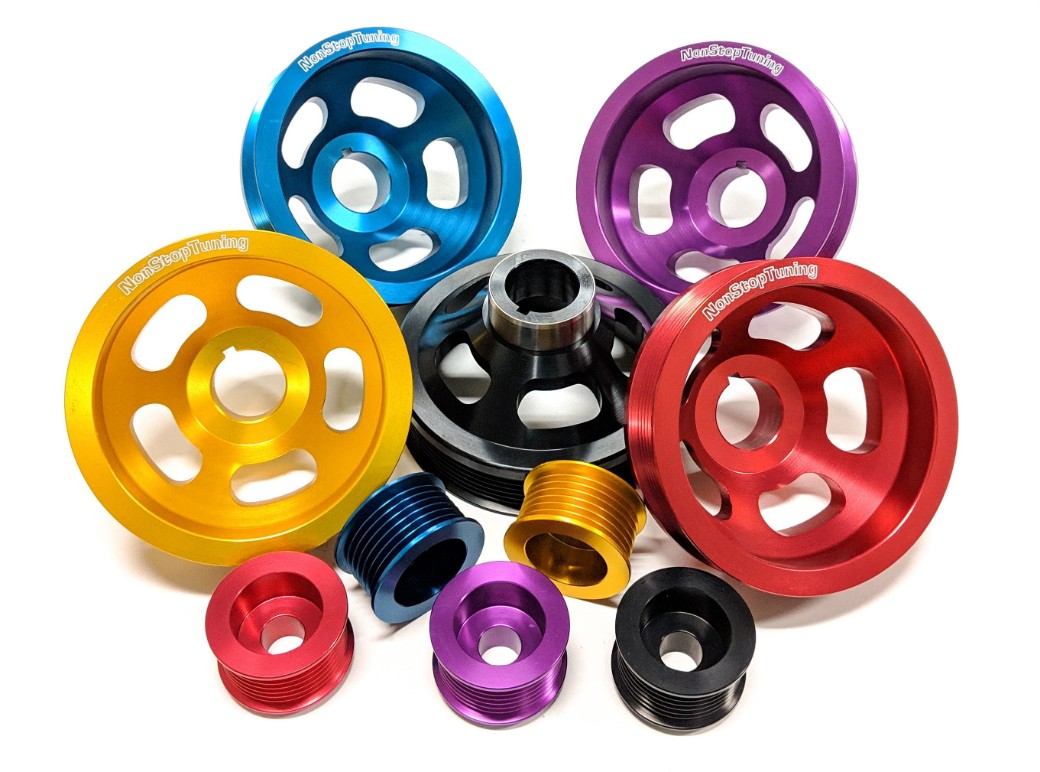

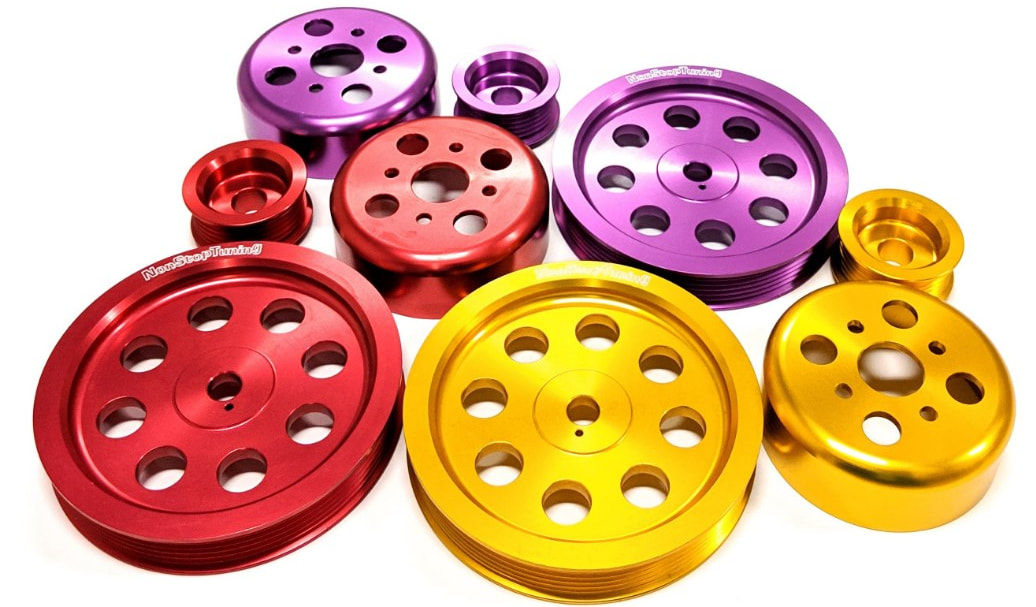
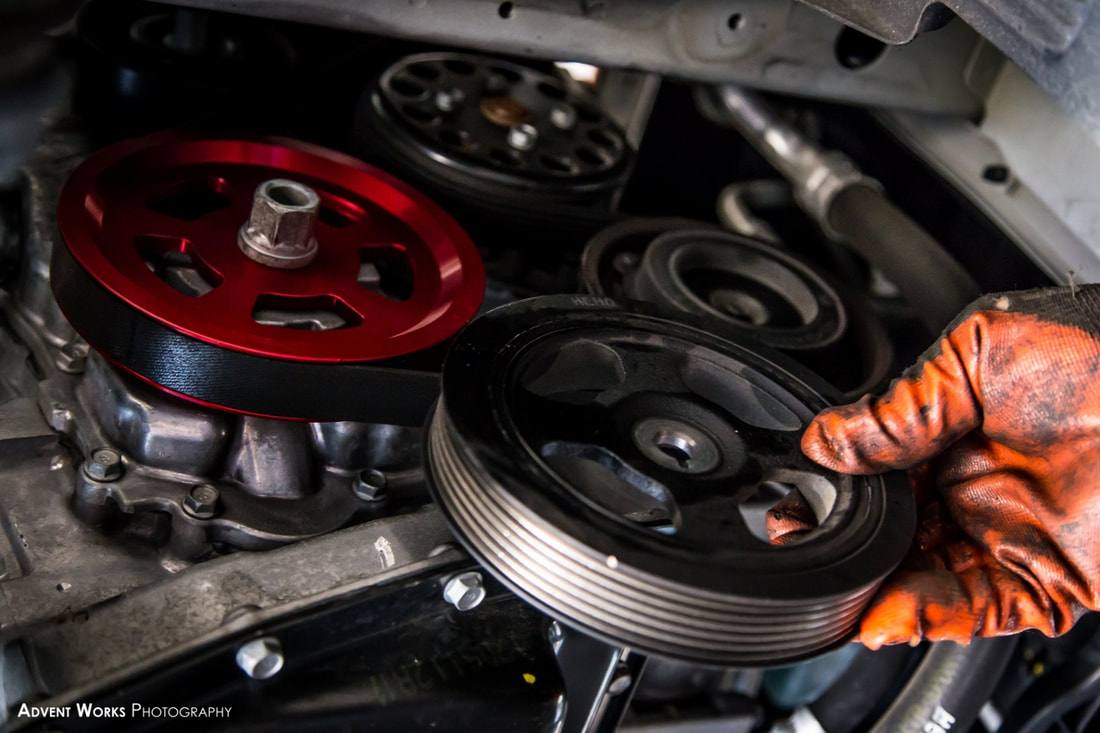
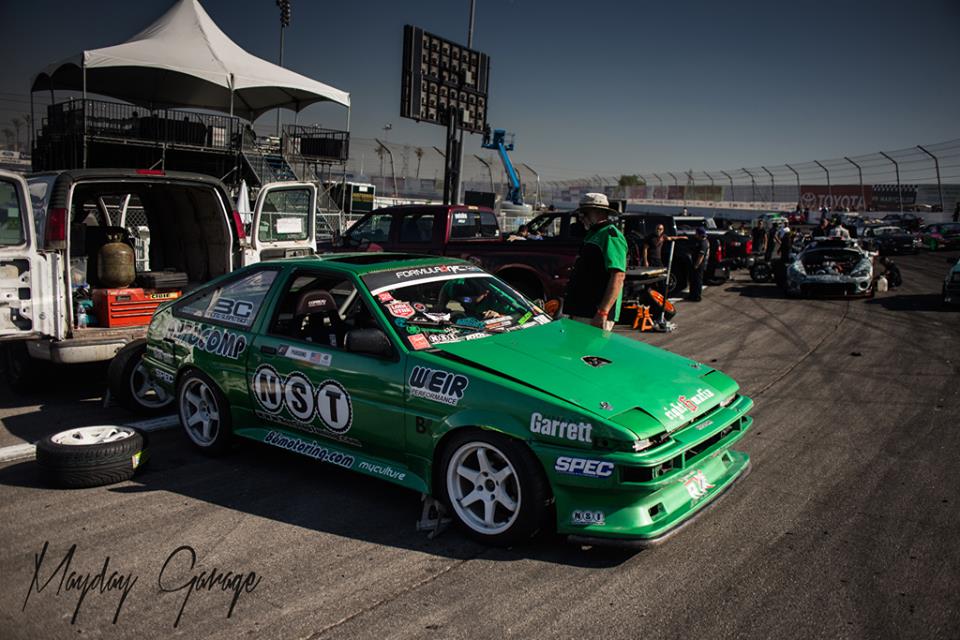
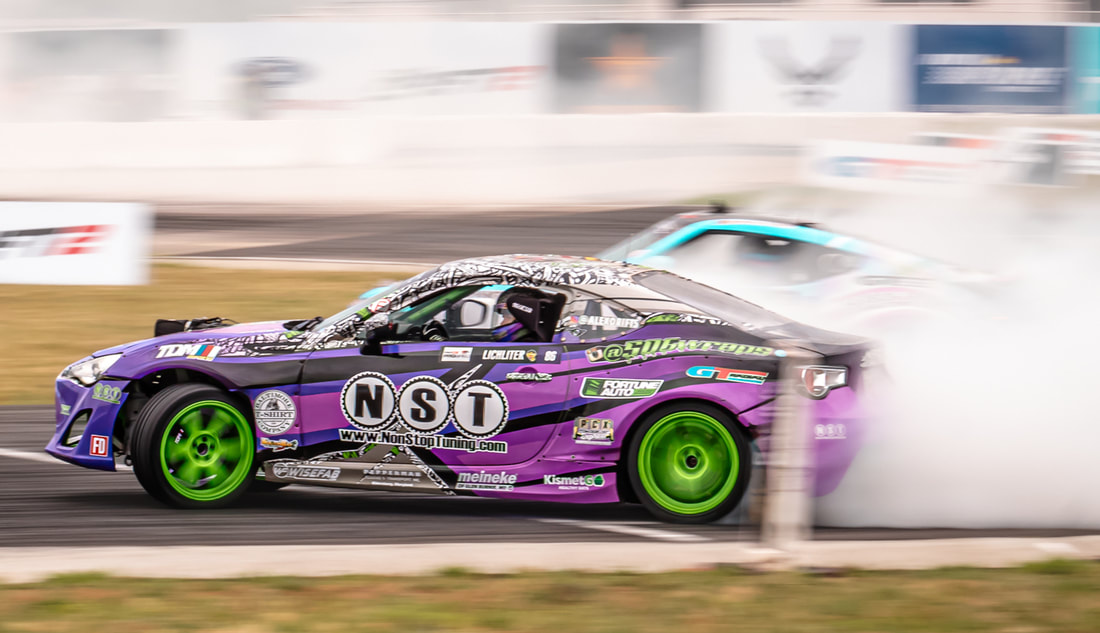
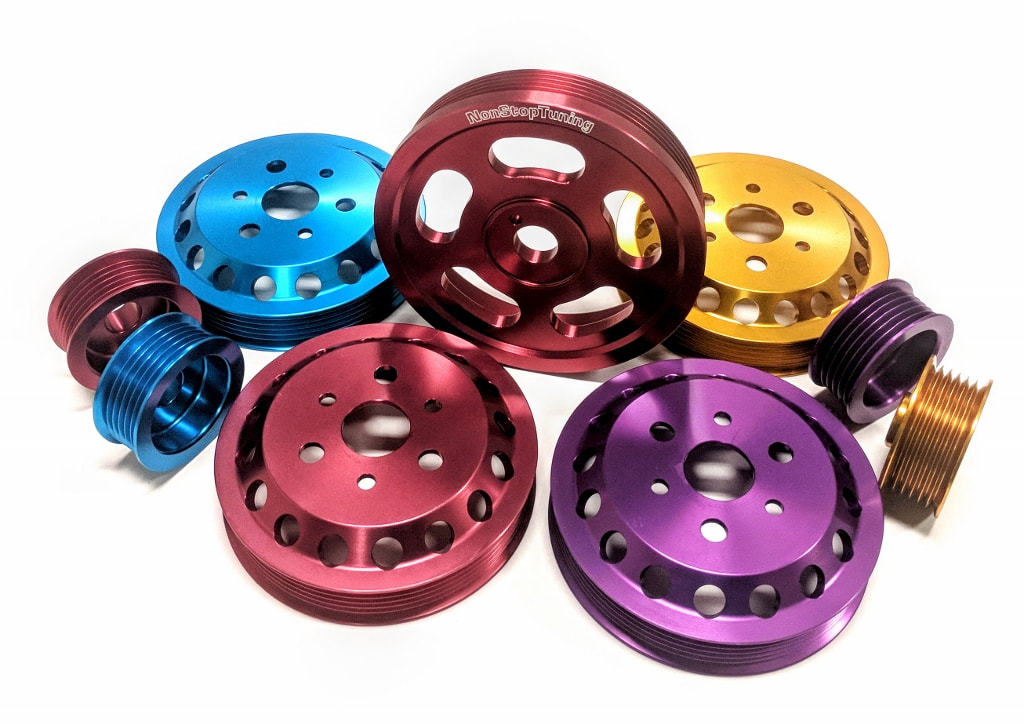
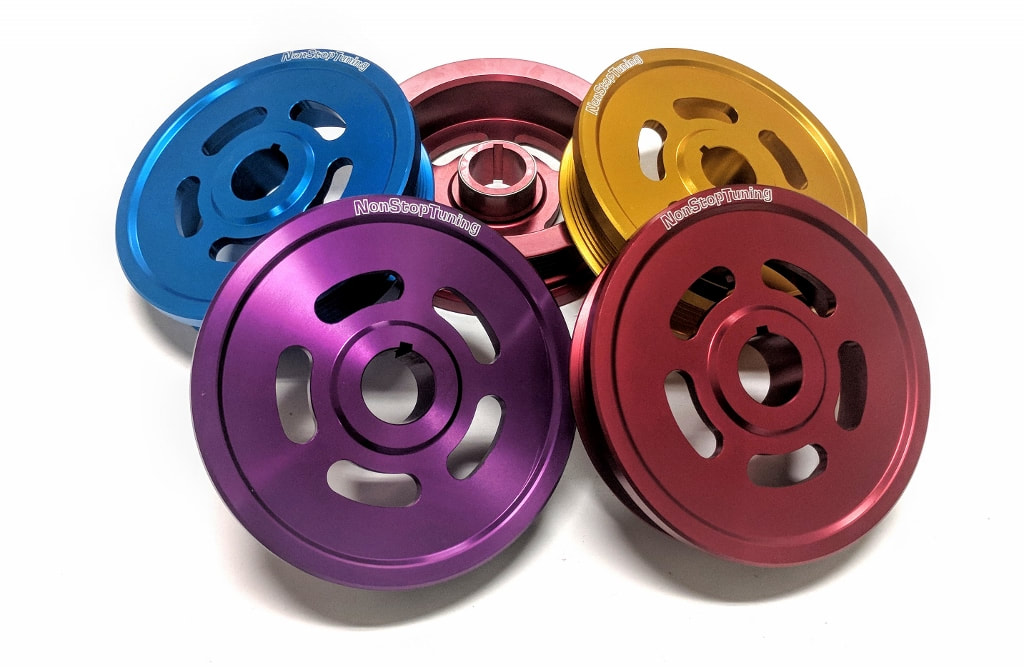
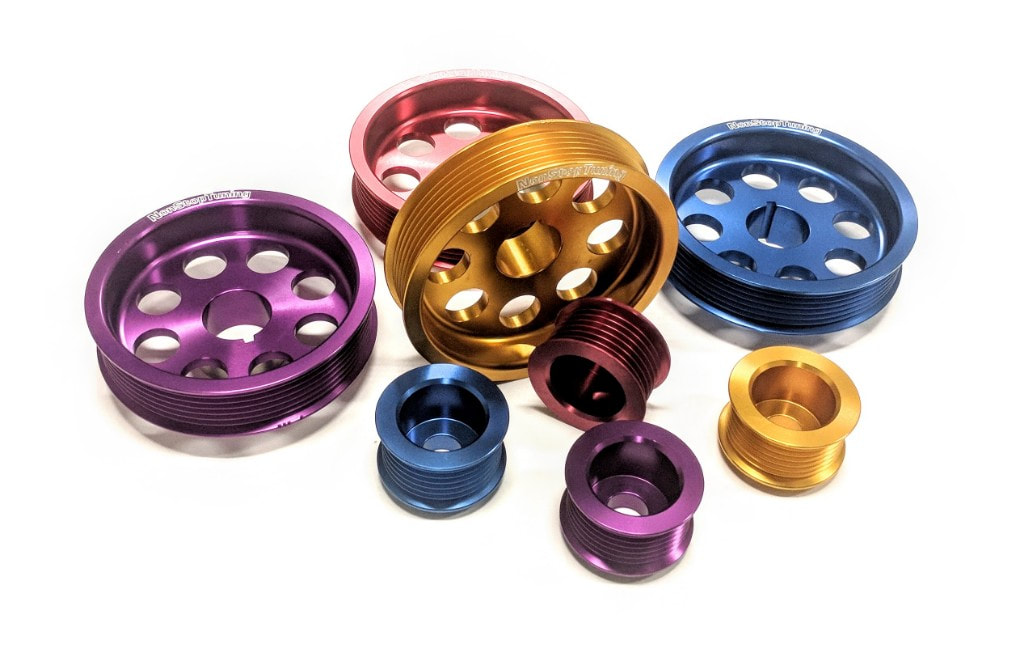
 RSS Feed
RSS Feed

